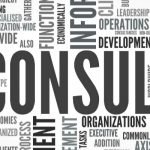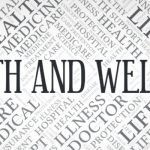AS WE KNOW, benefits are a significant component of an employee’s compensation package, focusing on the usage value—the “benefits”—rather than premium, adding to the culture of any organization.
However, have you considered how an employee group benefits plan ADDs to improving the overall productivity of staff. In the same manner no one would expect a carpenter to build without a minimum of a hammer in the toolbox, so too it’s important to consider what your staff are required to accomplish—daily, weekly, monthly, annually (goals)—and how the benefit program will enhance their ability to achieve the organization’s mission.
Let’s ponder first those staff members who may work on a computer the majority of the day or are client facing and need to “see” and “hear” what your best customers communicate. Squinting, trying to focus, or asking someone to repeat themselves slows down the process and reduces customer satisfaction. The major components of communication include verbal, non-verbal, listening, talking, and seeing. If the base coverage is limited in these areas, a health spending account may be the answer to increased efficiency.
By the same measure, those who work in the field—on a roof, running a backhoe, working on an engine—may reduce worksite injury with access to physiotherapy, chiropractic services, back, elbow, and knee braces to retain mobility.
When evaluating your benefit package, a complete analysis should take into account if employees had better access to care when they need it, how they need, would their ability to do the tasks required improve?
A strategically built plan may consider:
· The daily tasks required by employees, per department.
· The various points of contact between employees and customers.
· The employee journey from hire to retire.
· Customer expectation for service quality.
· Points of entry for the customer, from consideration to sale.
· Performance requirement measures on both the short and long term.
· What aspects of a benefit plan may align with these goals.
Customized benefits have been shown to maximize the effectiveness of a job performance by combining on the job behavioural expectations to boost the output in order to balance the costs of expectation to the incentive programs being offered.
· Employee Life Insurance provides family members the ability to take care of final wishes and provide a burial with dignity.
· Disability coverage provides insurance for the employee on a short or long-term basis based on their own job 24-7 on a non-taxable basis (in many cases) which further aligns them with the employer.
· Virtual health care access allows employees to have coverage their way.
· Employee Assistance Programs (EAP) offers a menu of emotional, mental, family, legal, etc. assistance as they need it.
· Pension and Group RRSP’s plan for an employee’s future to reward a lifetime of service.
· The flexibility of health spending account (HSA), in combination with base pharmacy, health, vision and dental care offer cost controls and choice.
· Personal Spending Accounts (PSA), also known as wellness programs provide further choice for those items already offered to employees (gas cards, bonuses, entertainment, event tickets, etc.) but not typically tracked or measured for their contribution to an employee’s compensation package.
There’s “power” in conversation. Let’s explore the possibilities together. I am here to help.
Book a virtual coffee to learn more.
Disclaimer: Please note that the information provided, while authoritative, is not guaranteed for accuracy and legality. The site is read by a world-wide audience and employment, taxation, legal vary accordingly. Please seek legal, accounting and human resources counsel from qualified professionals to make certain your legal/accounting/compliance interpretation and decisions are correct for your location. This information is for guidance, ideas, and assistance.





